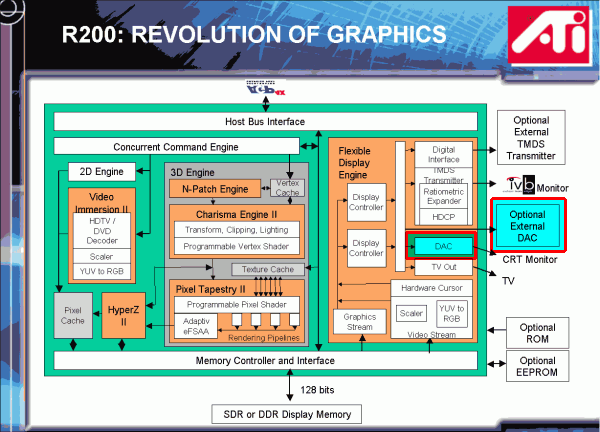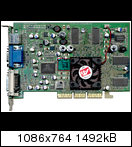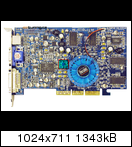Look, I'm not sure about anything, of course. But, history says that normally is more difficult to get higher clock speeds on a new process, and that in the past new GPUs on a new process were not so much higher clocked with respect to slightly older GPU made with an older process. RV790 was a "singlularity" as it was specifically targetted for high clocks but this was realized on a process proved for more than one year, after some refinement. If initial rumored 40 nm problems were not a fairy tale, most of the effort should have been spent on the yield issue instead of getting the absolutely better clock speed obtainable. Moreover, power consumption usually goes higher with clock speed (as higher clock often needs higher voltage), so a bigger chip with lower clock speed sometimes could be more easily obtainable. If the hints about the die size of Cypress are right, DX11, RBE and texturing improvements are unlikely to be responsible for such a big increase in size, considering the scaling.
Of course there are so many "if" but this is the "AMD: R8xx Speculation" thread and we shoud reason about what is rumored to be true.
If we want to reason about the "2 Teraflop" wording (but again, the sentence said "more than 2 teraflops") we can see that 2 teraflops could be reached by a 800SP @ 1.25 GHz, 1200 SP @ 850 MHz, 1600 SP @625 MHz, 2000 SP @ 500 MHz or 2400 SP @ 417 MHz. This if the architecture is quite similar to what RV770 is, of course.
I'd expect something like 5850 to be on the 2TFLOP level and the 5870 to distance itself from it by a reasonable persentage. The question still remains how they reach it. I'm in no way claiming that it has to be say 1280 or 1600SPs at all, I'm merely wondering where the safe clues are that point into one or the other direction. Frankly each case scenario works for me, as there doesn't seem to be any significant performance difference after all at least in theory.
As seahawk already pointed out, there are no indications that TSMC's 40nm yield problems have anything to do with frequencies directly. Of course there is a chance that some time ago when yields weren't at the stage they are today, that any IHV could try to lower frequencies and rise yields by a margin X. But I haven't seen anything this far that points in the direction that AMD has missed its original target with Evergreen.
And yes power consumption rises with higher frequencies but it's in no way irrelevant to chip complexity either. A@900MHz consumes more than A@700MHz, but if you try to compare it to B then B would have to have the same complexity as A.
4770 is 750 Mhz (same as Rv770) and does not seem to overclock to 900+ Mhz so easily.
A chip that went into production way earlier than any Evergreen SKU, with a lot more problematic yields than today, with merely 640SPs and was targetting the mainstream space of the RV7x0 family of GPUs. With Evergreen the entire picture of performance levels changes a lot and if anything you'd better compare a 4770 with Juniper than with Cypress.
Look at it that way: I wouldn't want to read soon that if Cypress turns out to be a 16 cluster GPU any signs of possible "disappointment" or "is that all" kind of comments. What's important to me is what shoots out at the other end and as I said it won't change much.




